Commonly referred to as spike moss, the species of plants known as selaginella are not really moss at all. While they have the appearance and coloring of many mosses they are actually a vascular plant more similar to ferns. In fact, the care they need and the ecosystem they grow best in is much like that of a fern as well.
Selaginella are not a popular choice of plant for growing and unless you are a plant enthusiast you may have never even heard of it. It is commonly chosen as a ground cover but can be very picky to its outdoor conditions. These plants are also a common choice for growing indoors in a terrarium. Whichever growing method you choose, we hope this information gives you some insight into basic selaginella care.
What does Selaginella look like?
There are different varieties of selaginella plants, which you will find out more about later, so there are some differences in their appearance. Overall, most varieties have simple, scale-like leaves that have one vein running through them. They are green in color but can appear bluish if grown in the shade. Age and light exposure cause them to turn more greenish hue.
The selaginella can be a creeping plant, a climber, or a trailing plant. They are a perennial that is commonly found as a ground cover that spreads quickly through a garden or landscape Their leaves and stems branch out wherever they grow. Creeping varieties will grow new roots directly from their stem as they spread. These plants are also often referred to as spike moss, trailing moss, spreading club moss, or arborvitae ferns.
Are there different types of Selaginella plants?
There are over 700 plant species in the selaginella family. Below are just a few of the most common types that are grown in this area either in gardens or indoor pots.
Selaginella Kraussiana
This species is the one most referred to as spike moss or club moss. Native to the tropics of Southern Africa, it has a unique appearance in its branching foliage. The stems of this variety tend to spread quickly and form a dense mat across the soil. Its leaves are bright green and grow in tiny clumps about 1 inch tall. They spread out along the soil instead of climbing up. The stems and branches can easily be pruned to keep it from spreading.
Selaginella Stauntoniana
A native to China, this variety has an evergreen-like appearance. Its foliage is green, triangular shaped and grows on chestnut-colored stems to 6-8 inches tall. Stauntoniana varieties are more slow growing than other selaginella species. They grow upright and spread to about 12 inches. It is commonly called Staunton’s Spike Moss and grows best in light shade and dryer, woodland ground.
Selaginella Lepidophylia
The show-off of the bunch, this variety of selaginella is also known as the Resurrection Plant. Unlike most of its species, this plant is native to the dry deserts. It is commonly found in the Chihuahuan Desert near the border of Mexico and the US. It has dense clusters of dark green leaves that have a scaly appearance. It is a creeping variety that grows to about 3 inches high and 6 inches wide.
This is one of the easiest of the species to grow as it only requires a shallow dish with gravel, little water, and indirect, bright sunlight. It is best known for its ability to be completely dry, turn brown, and roll into a ball only to be “resurrected” with water and opens up to be green and flat again.
Selaginella Uncinata
This selaginella variety is also a native to China. It is often referred to as Peacock Spikemoss thanks to the bright iridescent, blue-green color of its leaves. The leaves are oblong in shape and appear paper-like and very delicate. They grow in a trailing or creeping direction but also grow up to about 2-3 inches in height. Unicanta makes an excellent groundcover as its bushy foliage makes a dense mat on the ground.
These plants grow best in tropical conditions with high humidity, partial shade and consistently moist soil. They work great in rock gardens that are well-drained. This variety is also a common choice in a vivarium for frogs or lizards because of their need for high-moisture and their coloring that makes them attractive when on display. Plants also make a great hiding place!

How much water do Selaginella plants need?
Most varieties of this unique plant require moist soil as well as a moist, highly humid environment. There are some rare variations that can grow with little to no moisture and thrive such as the selaginella lepidophylia, or Resurrection Plant which can literally come back to life after being allowed to dry out and turn brown. Soil around these plants should be kept consistently moist, not dripping wet but also do not allow them to dry out.
Their need for moisture typically makes them better grown in zones 7-9 where temperatures and humidity are maintained at a more constant level throughout the year. This is especially true for those growing selaginella outdoors.
However, these plants are also known to thrive indoors where conditions can be more controlled, such as in window gardens or terrariums. Humidity can be increased by misting the plants on a regular basis. This helps keep the soil moist while giving moisture to the leaves and air around the plants. It is recommended that you plant these plants in groups to also increase humidity levels.
Does a Selaginella require certain light or soil?
Light
The majority of selaginalla plants grow best in bright, indirect sunlight. Many also thrive in full shade. Indoor plants should be in a brightly lit room or window but not where direct sunlight shines through for most of the day. Outdoor plants will do better in partial to full shade under a tree or near other taller plants so the heat of the sun doesn’t dry them out.
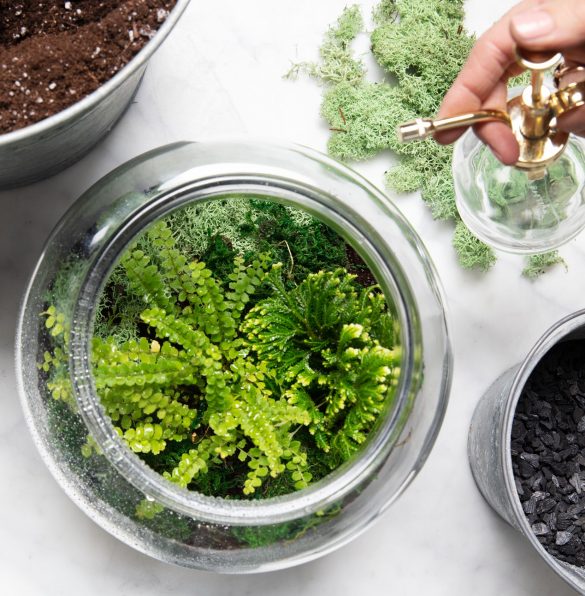
Soil
Soil around these plants should be kept moist but not soaking wet either. It should also be a well-drained soil. Peat-moss based soils are recommend for their ability to retain water but also have suitable drainage. Some variations may also grow well in rock gardens or a shallow area of pebbles. When planting outdoors, you should plant in an area where soil will not dip below 50 degrees Fahrenheit.
Unique traits of the Selaginella plant
When caring for a selaginella plant there are some rare, unique traits you should be aware of. One of them is their love for moisture. That makes them a perfect species for indoor terrariums. Terrariums have become a more common choice for decorating using living plants. They look great on window sills or on shelves in front of large picture windows. Plants like the selaginella that enjoy humid, moist conditions thrive in this environment. Glass containers such as bowls, large vases, lanterns, or even re-purposed fish aquariums make a great location the keeps plants inside warm and steamy. Especially if they are place in a window that lets in warm, indirect sunlight.

On a very contrasting note, there are also species that require little water and can be grown in little to no soil and with little moisture. Now, this is definitely dependent on the look you are going for in your plant. But there are selaginella variations that are known as poikilohydric plants or resurrection plants. They can survive being dehydrated at which point they roll up into a brown ball. They can then be rehydrated with water and moist soil, turn green again, and continue growing. Not everyone has a liking for brown plants but they definitely make a good conversation piece or a way to impress your friends.

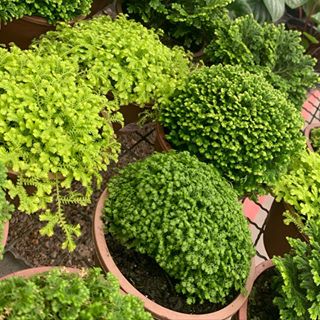
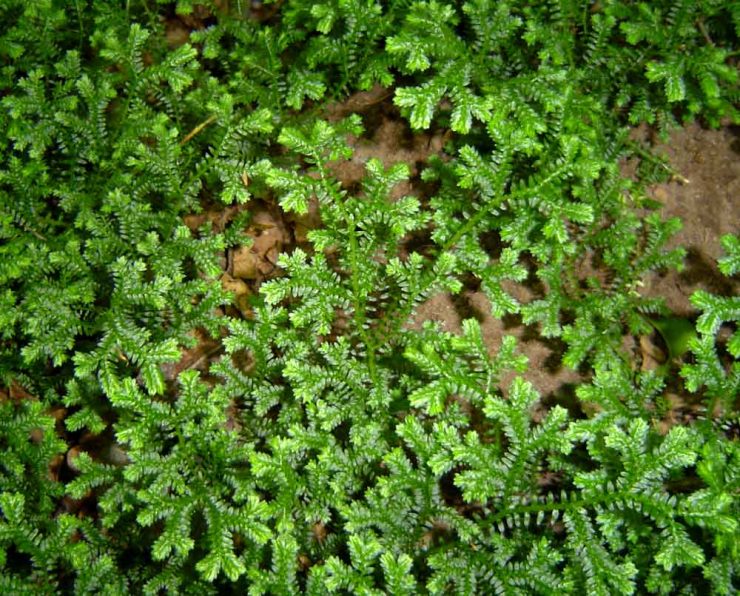

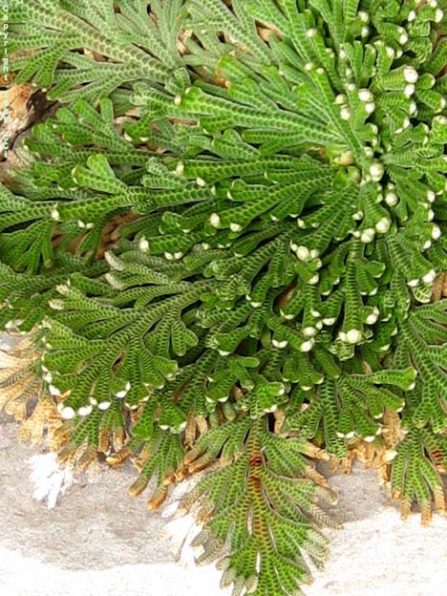
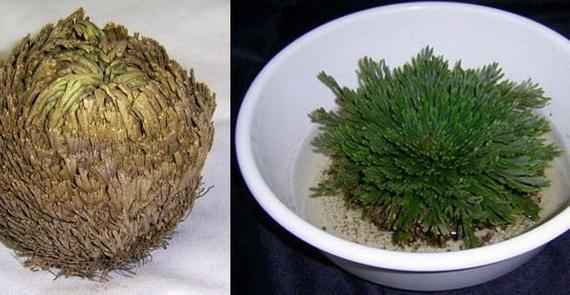
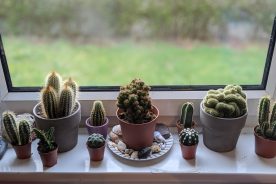
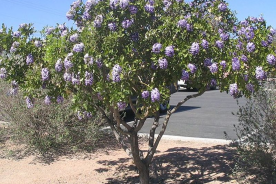
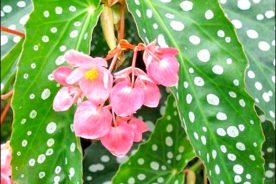

No Comments